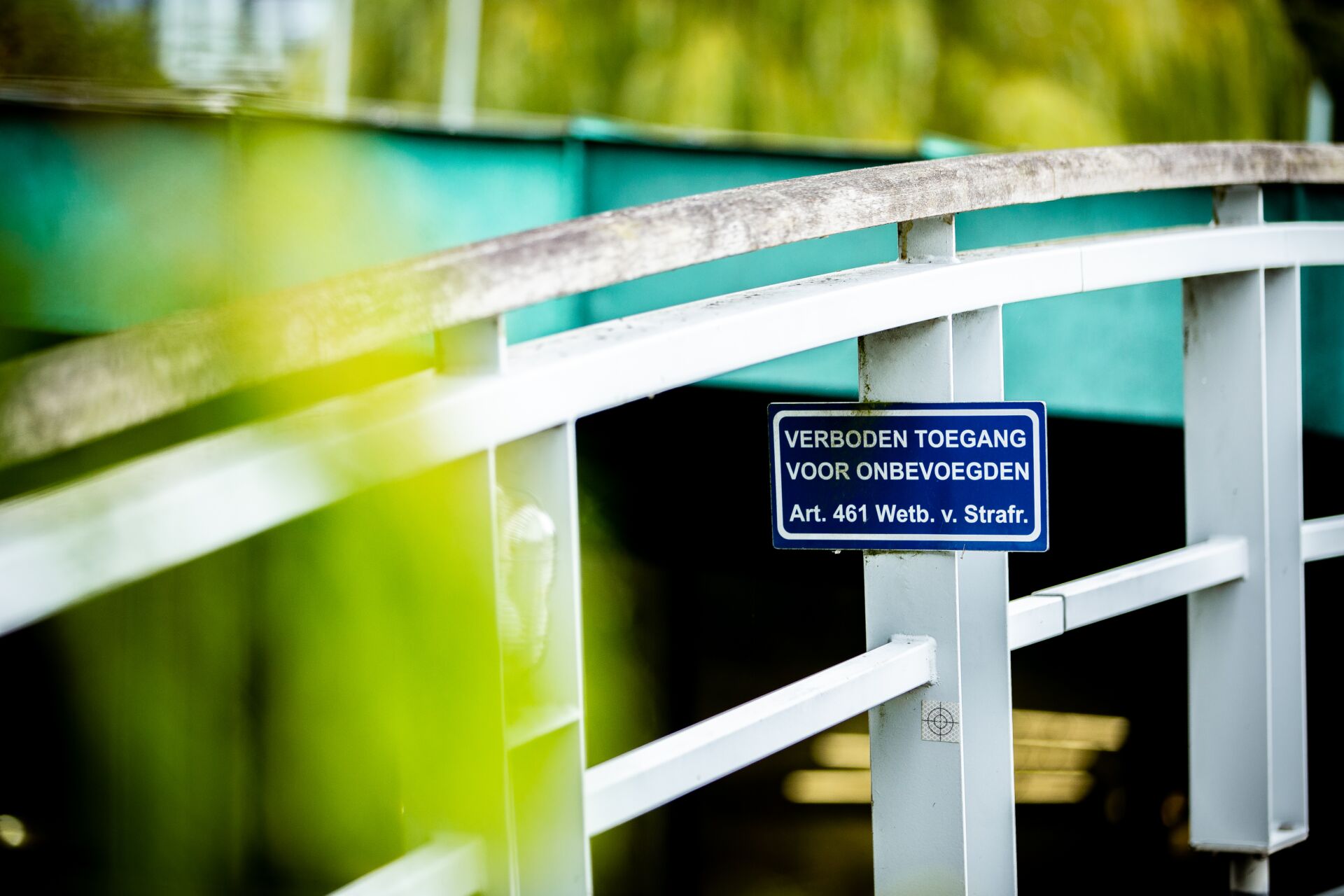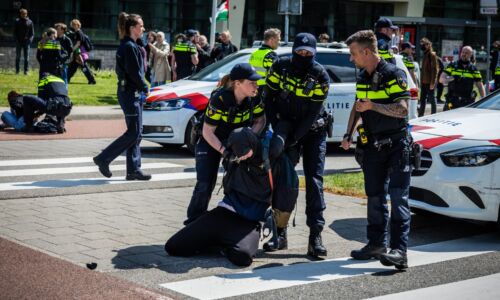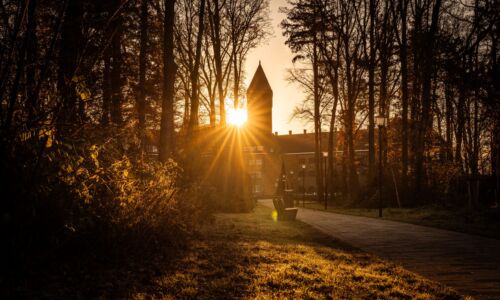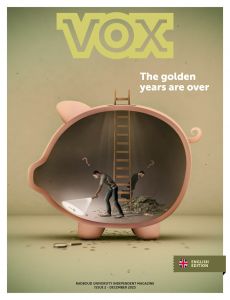Professor Arno Kentgens feared fatal consequences and irreparable damage during lab occupation
-
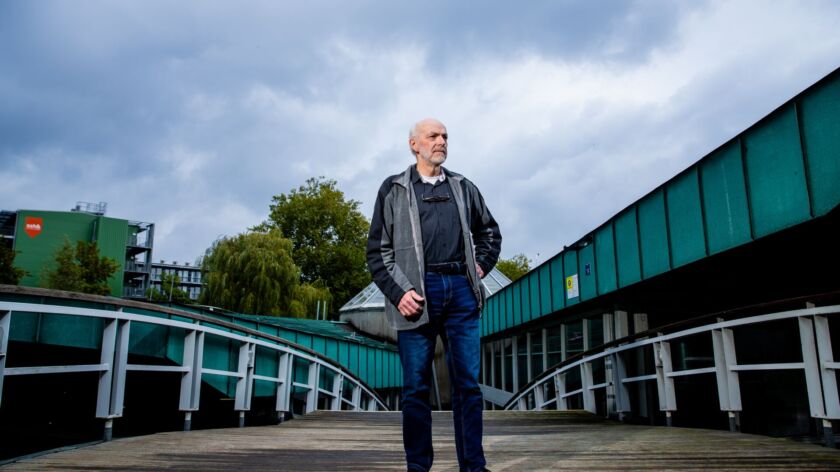 Arno Kentgens. Foto: David van Haren
Arno Kentgens. Foto: David van Haren
The director of the Magnetic Resonance Research Centre, Arno Kentgens, sat at the fire station all day Tuesday to explain the dangers of occupying the lab. A day later, he looks back.
A day after the occupation of the Goudsmitpaviljoen, Professor Arno Kentgen is mostly saddened by the events. The professor and director of the Magnetic Resonance Research Centre (MRCC) looks back on an eventful day. Pro-Palestine students occupied ‘his’ pavilion behind the Huygens building all day on Tuesday. They only vacated the building, which is full of sensitive MRRC equipment, after midnight.
‘The sad outcome of all this is that we have become distrustful and less free,’ says Kentgens. ‘We want to offer our technology as openly as possible and tell everyone about it. It feels like that can’t happen now.’
During the occupation, there was fear of irreparable damage to the magnets, as well as for the safety of the occupiers, explains Kentgens. And so he found himself sitting with a colleague in the fire station to explain the different scenarios that could arise. Another colleague provided explanations to the emergency services at the Huygens building.
Door held open
The occupiers’ action took place on Tuesday morning. There are never many people in the pavilion. At most, a few PhD candidates or postdocs conducting an experiment and a technician. Students from the Faculty of Science sometimes have practicals there. The centre’s scientists have their offices in the Huygens building.
After the occupation of the building, Kentgens, Faculty of Science Dean Sijbrand de Jong and technicians talked to the occupiers about how dangerous their action was. Some of this information was actually heard and taken into account, Kentgens concludes after the fact, but the outcome could have been worse.
‘If you get too close to one of those magnets with a big chain, it could be fatal’
‘The occupiers did walk past the magnets and that was the most dangerous thing’, says Kentgens. ‘You can walk there, but not with magnetic materials like iron. All researchers and students working here know that. The occupiers barricaded an emergency door. If you do that with a big chain and get too close to one of those magnets with it, it could be fatal.’
A magnet can be thought of as a giant thermos, Kentgens explains. The magnet consists of hundreds of kilometres of wire. To keep the resistance of that wire at zero – which is essential for the magnet to work – it is cooled with liquid helium to 269 degrees below zero, or 4 degrees above absolute zero. Around this is another vacuum bottle and a nitrogen bottle.
A disruption of the magnet could lead to helium escaping and evaporating. This would produce a huge amount of steam, as a result of which all the oxygen in the building would disappear. According to Kentgens, anyone who does not get away within seconds is beyond rescue.
The risk of explosion mentioned during the occupation was low, says Kentgens. But forcibly removing the occupiers was not an option either. A skirmish might have involved throwing of metal objects that could have hit the magnets and resulted in damage or helium escaping.
Damage to the magnets is irreversible, according to the professor. ‘It has taken many years and millions of euros to get this group of magnets together. Repair is not possible if something breaks.’
Broken furniture
After the occupiers left the building on Tuesday night, the scientists and the Dean went inside to assess the damage. ‘It was a mess and some furniture had been broken’, says Kentgens, ‘but there did not seem to be any other damage; we are investigating this further.’ The building was cleaned this morning and is ready for use once again.
‘We are still not quite sure why they picked us’
‘The experiment that was running at the time obviously failed, but otherwise there were no practical implications.’ The professor does have to deal with a staff that is very shaken. ‘You suddenly realise how vulnerable you are, and we now have to talk about extra security measures. We are still not quite sure why they picked us, perhaps because it is an eye-catching building.’
Kentgens had a stressful day, he says. At the time of our interview, he is yet to give statements to the spokespersons of the University and the police. His phone is ringing all day. ‘This is just not the way you want to make the news.’
